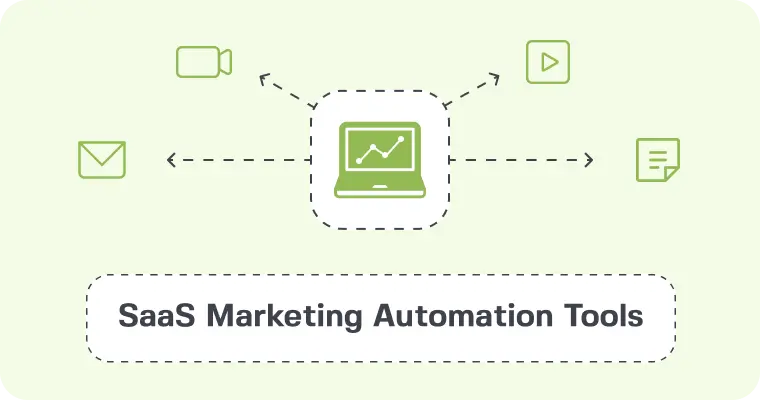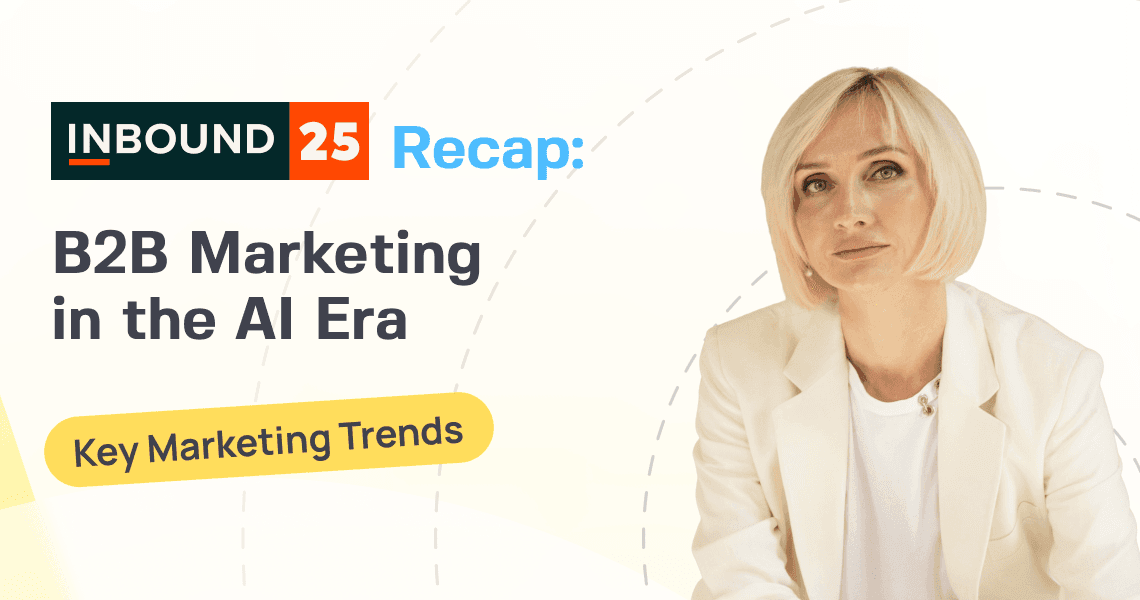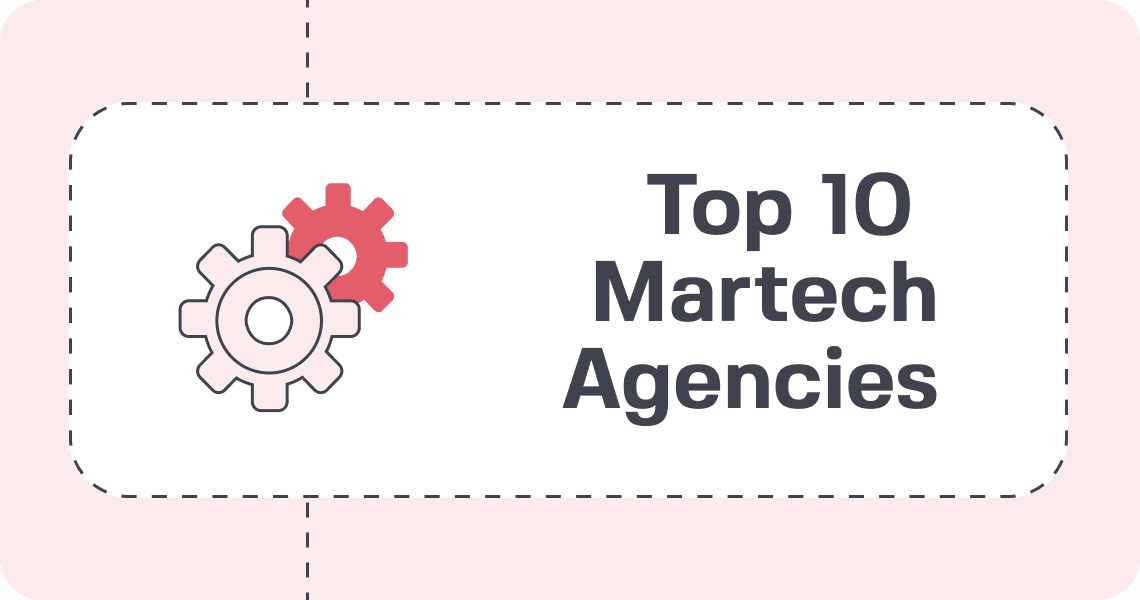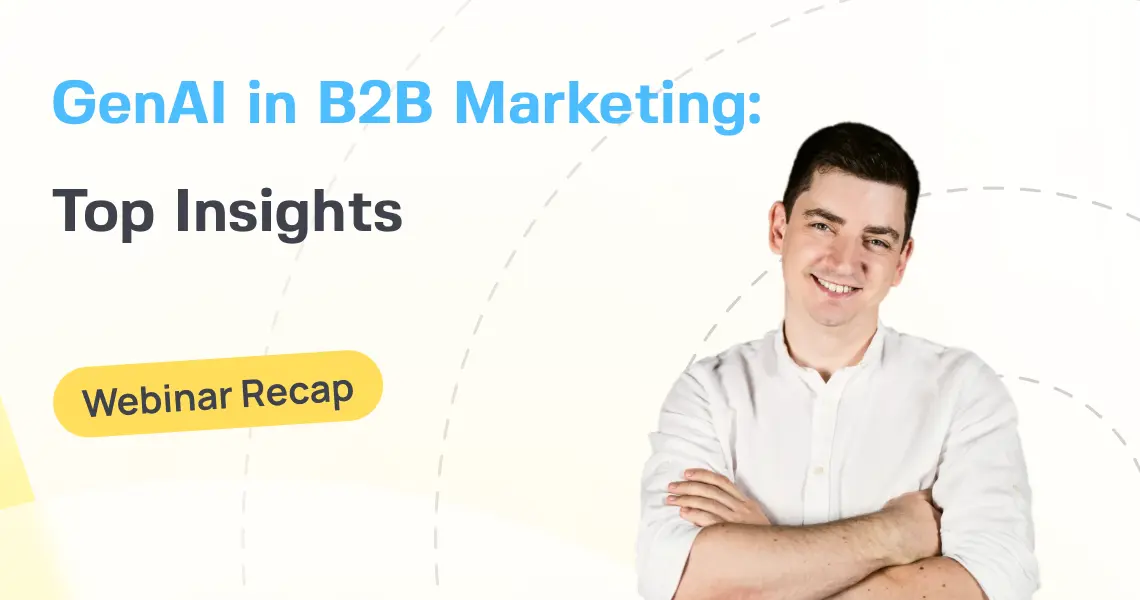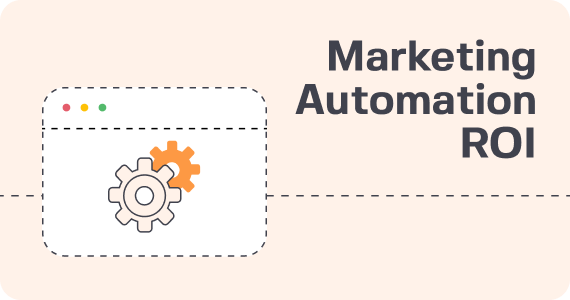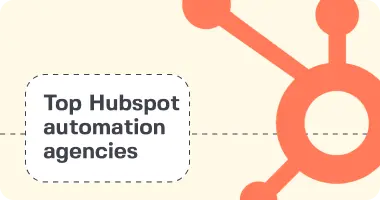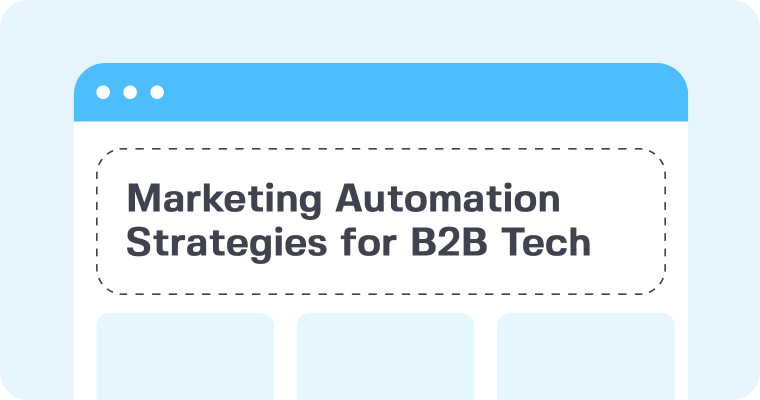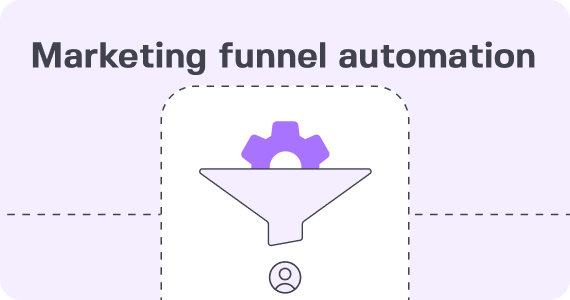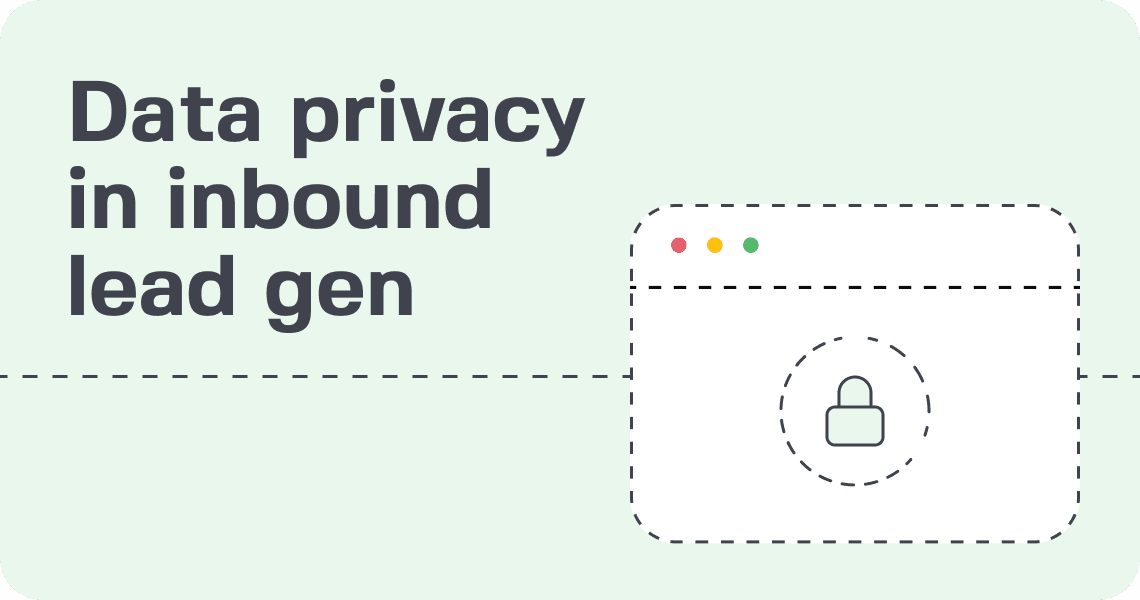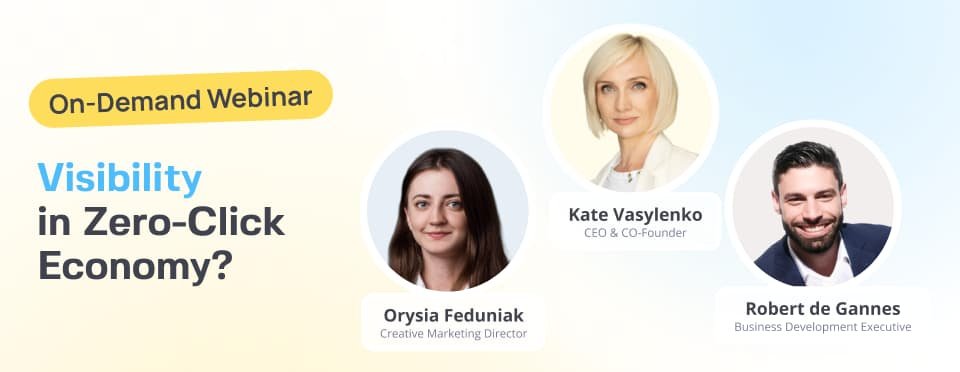The cookie apocalypse is upon us and the digital landscape is about to change forever. For businesses, this means big challenges in keeping personalisation and performance tracking, especially with regulations like the California Consumer Privacy Act and the General Data Protection Regulation imposing restrictions on data collection and sharing practices.
As we head into a cookieless future B2B marketing needs to get innovative. In this post, we look at the strategies that will help B2B marketers adapt and thrive in this new world. By following these, you’ll be ahead of the curve and still be able to engage with your audience in a cookieless world.
What is the cookieless world?
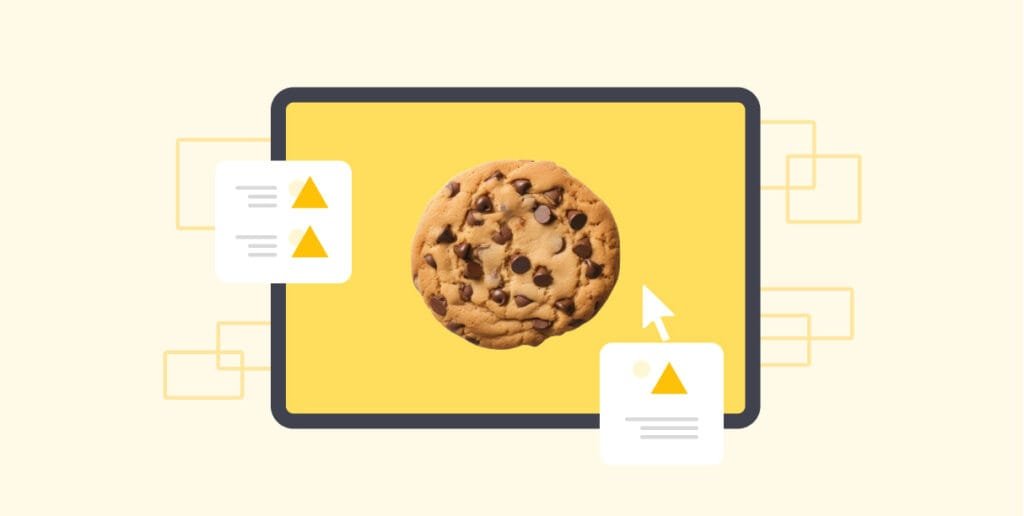
In the cookieless future there will be a big shift away from third-party cookies, how user data is collected and used. This is all about improving user privacy and data protection. The drivers of this shift are growing privacy concerns and regulatory changes like the General Data Protection Regulation (GDPR) and the California Consumer Privacy Act (CCPA).
The impact of cookieless future on digital marketing
No third-party cookies will mean big implications for digital marketing. Tracking user behavior, personalizing content and targeting ads will be harder without these cookies. Businesses that rely heavily on third-party data for ad targeting will struggle to reach their audience.
Internet users are increasingly concerned about data privacy and unauthorized tracking, leading many to adopt ad blockers to protect their personal information.
And B2B marketing will also change in the google cookieless future. Without third-party cookies tracking and analyzing business customer behavior will be harder. This could mean a decrease in the accuracy of B2B targeting and overall marketing campaign performance.
Advertisers and marketers rely on third-party cookies for targeted advertising, audience segmentation and performance tracking. With the end of third-party cookies they’ll struggle to reach their audience.
With no access to third-party cookie data advertisers and marketers will have to find new ways to reach consumers online. This means exploring alternative tracking methods like first-party data collection and contextual advertising and getting explicit user consent in line with changing data privacy laws like GDPR and CCPA.
Pros:
- Better user privacy
- Innovation in digital marketing
Cons:
- Disruption to targeted advertising
- Initial challenges in moving to cookieless solutions but first-party cookies are a solution for now for keeping website functionality and user experience working
Why Third-Party Cookies Are Disappearing
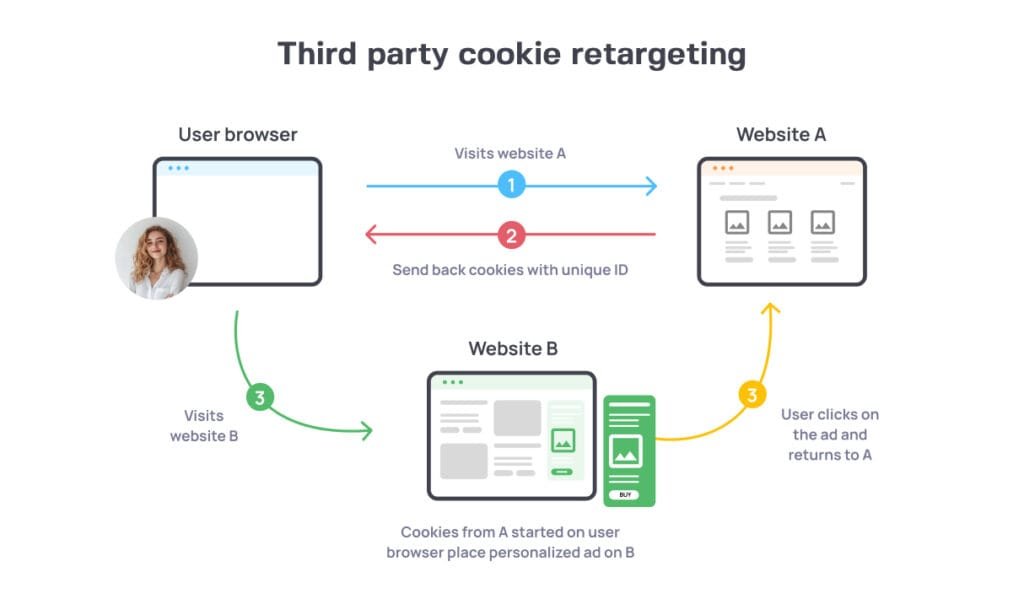
The digital marketing landscape is changing and third-party cookies are being phased out. Marketers need to understand why third-party cookies are disappearing to develop new strategies to keep targeting and engaging with their audience in this new world of digital marketing. This is all driven by user concerns around privacy and data collection as internet users want more control over their personal data and protection from unauthorized tracking.
Consumer attitude
Users are more concerned about privacy so there’s a demand for more transparency and control over their online data. This shift in attitude has led to the phasing out of third-party cookies by the big browsers and first-party cookies stored in users’ browsers are still being used to improve user experience and website functionality.
The rise of data breaches and privacy scandals has eroded trust in online platforms so users are demanding more protection of their personal data. So the move to a cookieless future is seen as a solution to that.
Big browsers
Big browsers like Google, Apple and Mozilla are already limiting the use of third-party cookies. Google’s announcement to get rid of third-party cookies by 2023 sent shockwaves through the digital marketing world.
By stopping third-party cookies these browsers want to improve user privacy and create a safer browsing experience. This is a big move towards a more privacy focused online world.
How to survive the cookieless future

To survive in a cookieless future you need to explore and implement alternative ways to understand and engage with your audience. One of those ways is zero-party data, a proactive data collection where customers give you their information willingly. From first-party data to new technologies like AI and contextual targeting businesses need to innovate and adapt their marketing strategies to deliver relevant and personal experiences. By preparing for this change you’ll not only survive but thrive in the ever changing digital world.
First-party data strategy
Businesses can collect first-party data by incentivizing users to give information through interactive website features. Sign-up forms, surveys and quizzes can collect valuable information from visitors. Integrating CRM systems allows for a smooth flow of data between customer touchpoints and marketing strategies.
To get more out of first-party data businesses should focus on existing customer relationships. By looking at past purchases, preferences and behavior businesses can create personal experiences that will encourage further engagement. This will strengthen brand loyalty and build a foundation for future marketing.
Contextual advertising
Contextual advertising is emerging as a viable option in the changing world of digital marketing. By matching ads to content businesses can reach their audience without using intrusive tracking. As the industry moves from third-party cookies to alternative solutions targeted ads can still be delivered by using first-party data and walled gardens. This uses the context of a page to show ads that are directly related to the content the user is viewing.
Contextual advertising allows brands to keep personal marketing while respecting user privacy. Unlike behavioral targeting which uses tracking cookies, contextual advertising focuses on content relevance. This will improve user experience and compliance to data protection regulations.
Content creation
Content creation is the foundation of a successful marketing campaign in a cookieless future. By creating great stories and interactive experiences brands can engage with the audience and get them to engage directly. This will build authentic relationships with the consumer and get them to share data and insights voluntarily.
Content driven strategies allow brands to build trust and loyalty with the consumer. Through valuable and entertaining content businesses can position themselves as thought leaders in their industry. This will make them the go-to source for information, products and services and increase brand awareness and customer loyalty.
Loyalty programs for consumer data
Loyalty programs are an opportunity for businesses to collect consumer data while building long term relationships with customers. By offering exclusive rewards and personal experiences brands can get consumers to share their preferences and behavior. This data can then be used to tailor marketing and improve customer satisfaction.
Loyalty programs not only drive repeat purchases but also create a sense of belonging and appreciation with customers. By rewarding loyalty businesses can strengthen their brand customer relationships and increase customer retention and long term value. The data collected from these programs can be used for targeted marketing campaigns.
Invest in privacy-first technologies
In a cookieless future, tracking user behavior will be a significant challenge, and AI and machine learning will be key to understanding consumer behavior without compromising privacy. These technologies can analyze patterns and predict user behavior based on first-party data and deliver personal marketing campaigns. Data clean rooms are a safe space to process sensitive data while being compliant to data protection regulations.
To keep personal marketing you need to invest in tools that comply with privacy regulations and data security. Companies can use encryption, data anonymization, and secure data storage to protect customer data. By using privacy-first technologies businesses can build trust with the consumer and handle their data responsibly.
Advanced attribution models
Moving to advanced attribution models like multi-touch and algorithmic attribution will give companies more insight into user behavior and the customer journey. These models take into account all the touchpoints along the conversion path and give a 360-degree view of how all the interactions contribute to the end result. By looking at customer interactions beyond just clicks or views, businesses can optimize their marketing for better engagement and conversion rates.
Trust and transparency with consumers
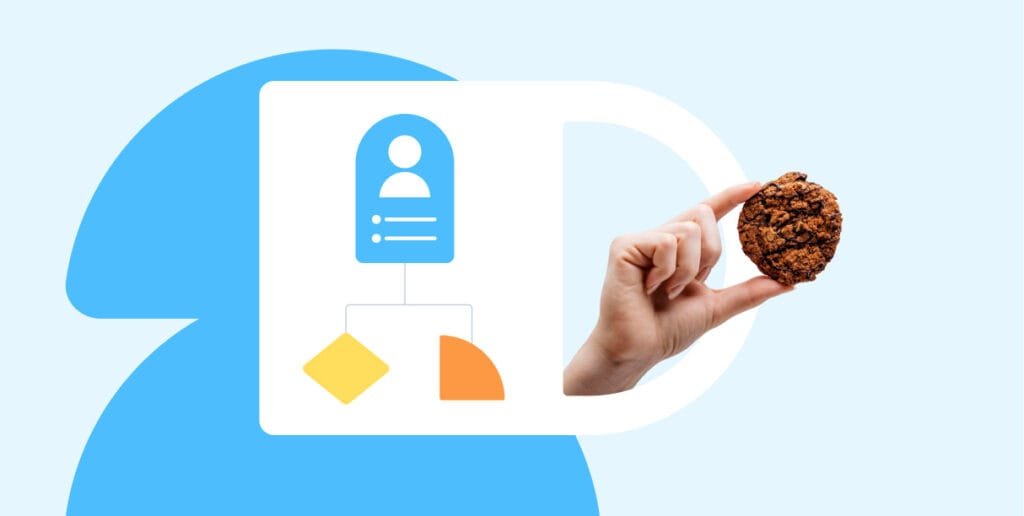
As privacy concerns increase and regulations get tighter consumers are valuing brands that put data protection first and communicate clearly and honestly about how their data is used. Building trust through transparent practices will help you build stronger relationships with your audience and increase brand loyalty and long term customer engagement.
Clarity
Clarity is key in a cookieless future to build trust with consumers. Businesses must communicate clearly how they collect and use data to be credible. Simplifying technical terms into plain language will make consumers feel more comfortable to share their data.
Clarity can include:
- Clear and concise explanations of data collection methods.
- Detailed info on how consumer data is used.
- Privacy policies easily available on websites and apps.
Simple privacy policies
Simple privacy policies are key for businesses in the cookieless world. These policies should be easy to find and written in language that everyone can understand, regardless of technical knowledge. By making privacy policies readable businesses can show they care about consumer data.
Simple privacy policies:
- Use plain language not legal jargon.
- Highlight key privacy practices.
- Add visual aids like infographics or videos to make it more understandable.
Ask consumers
Asking consumers for feedback on data practices is a proactive way to show you care about privacy and transparency. By asking consumers to share their thoughts on data collection businesses can show they value consumer opinions and will adapt to feedback. This will build trust and create a sense of partnership between business and consumer.
How to ask for feedback:
- Surveys or polls on data usage preferences.
- Direct communication channels like email or customer support.
- Feedback mechanisms within digital platforms.
Main Takeaways and Recommendations
In a cookieless world adaptability is key. Understanding the digital marketing shift and being innovative will be your key to success. By putting consumer trust and transparency first you can navigate this new world with confidence and flair. Remember the future is for those who are proactive and flexible.
Get ahead by trying out the above and stay up to date with the latest. Your ability to adapt will not only keep you relevant but make you a leader in the cookieless world. Go for the change and watch your marketing succeed in a privacy first world.


